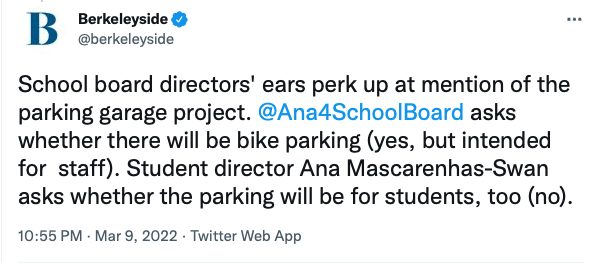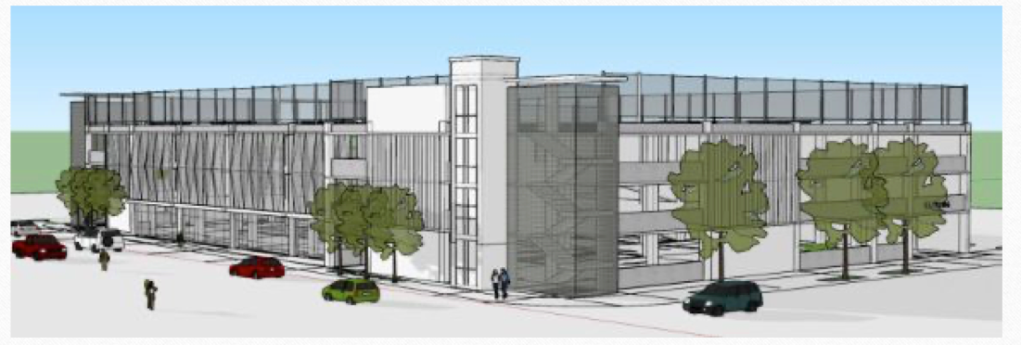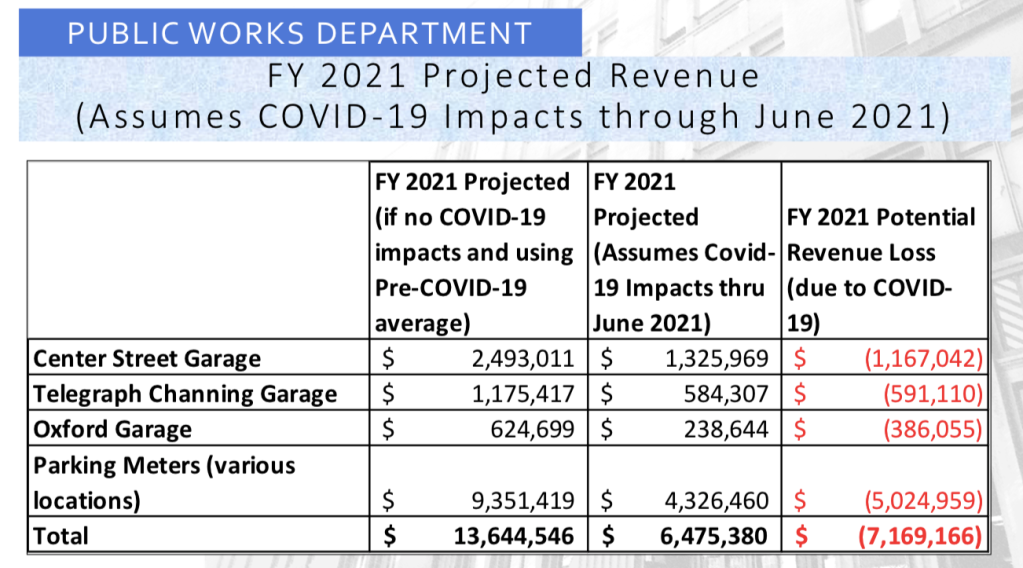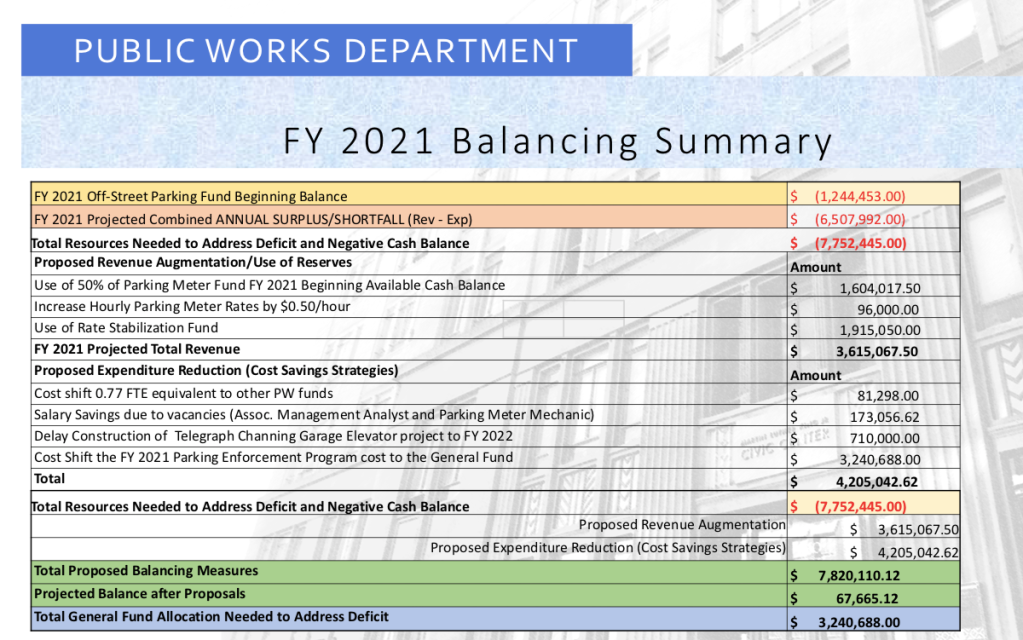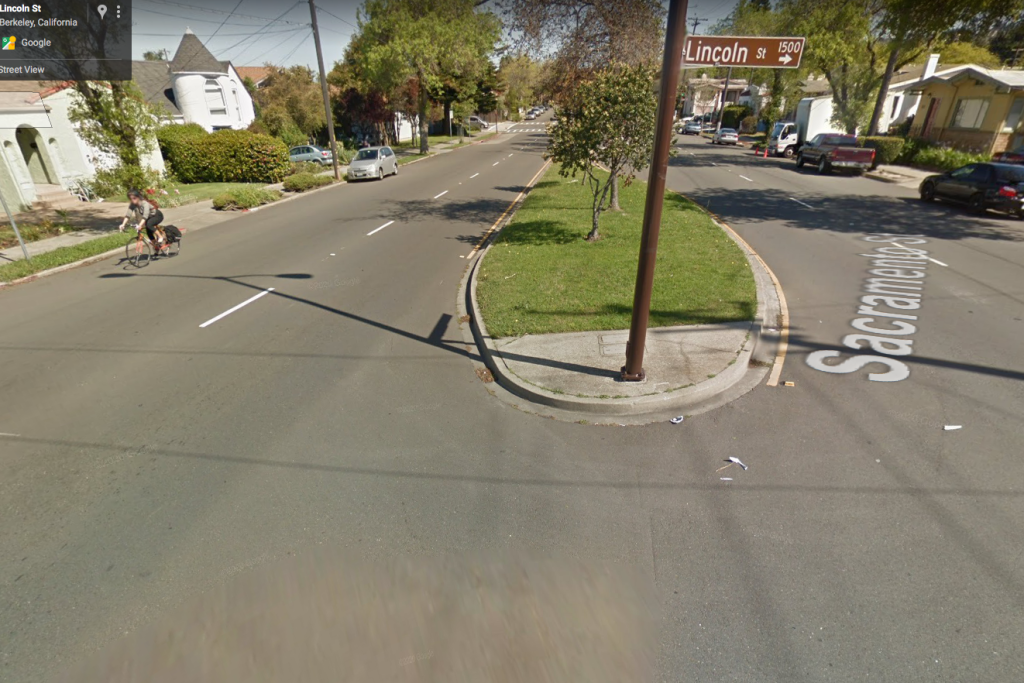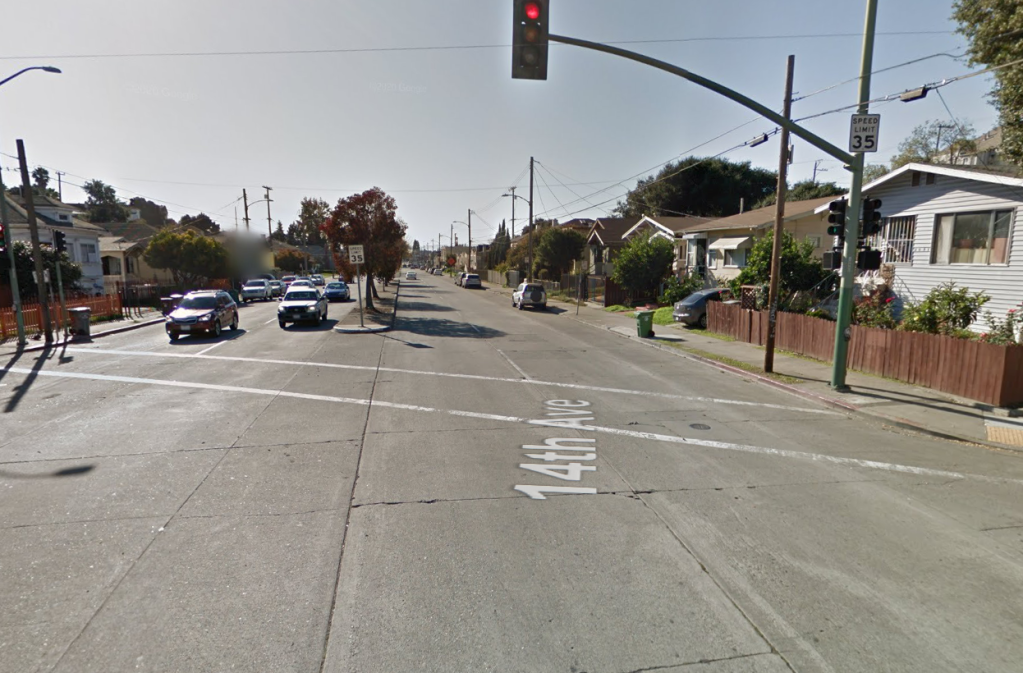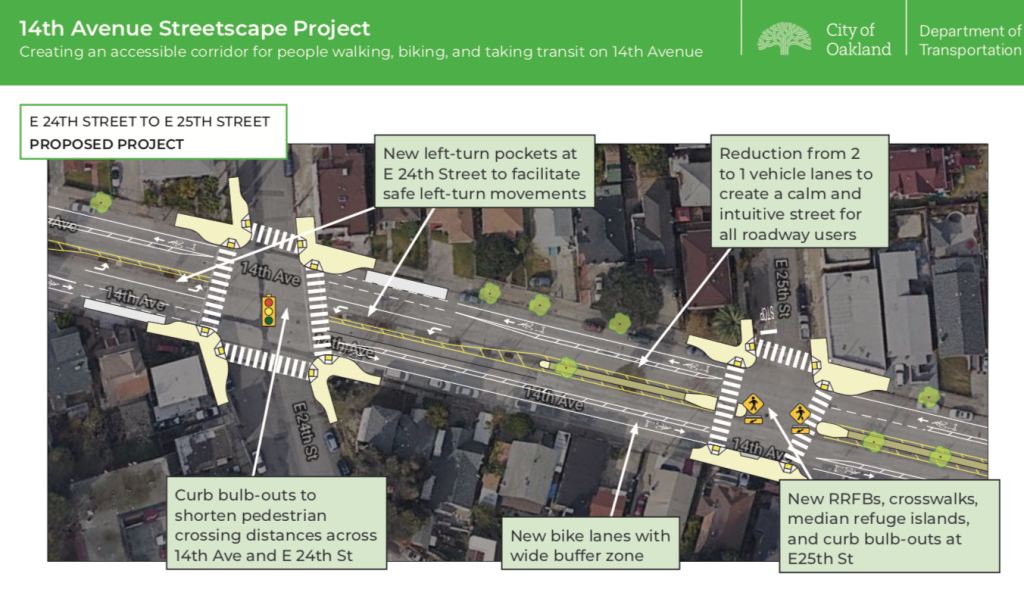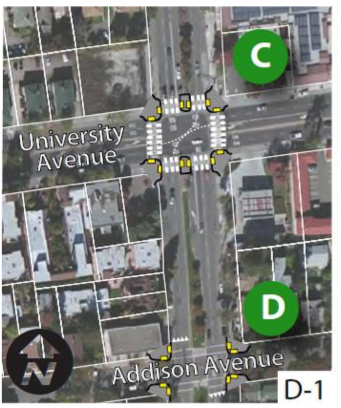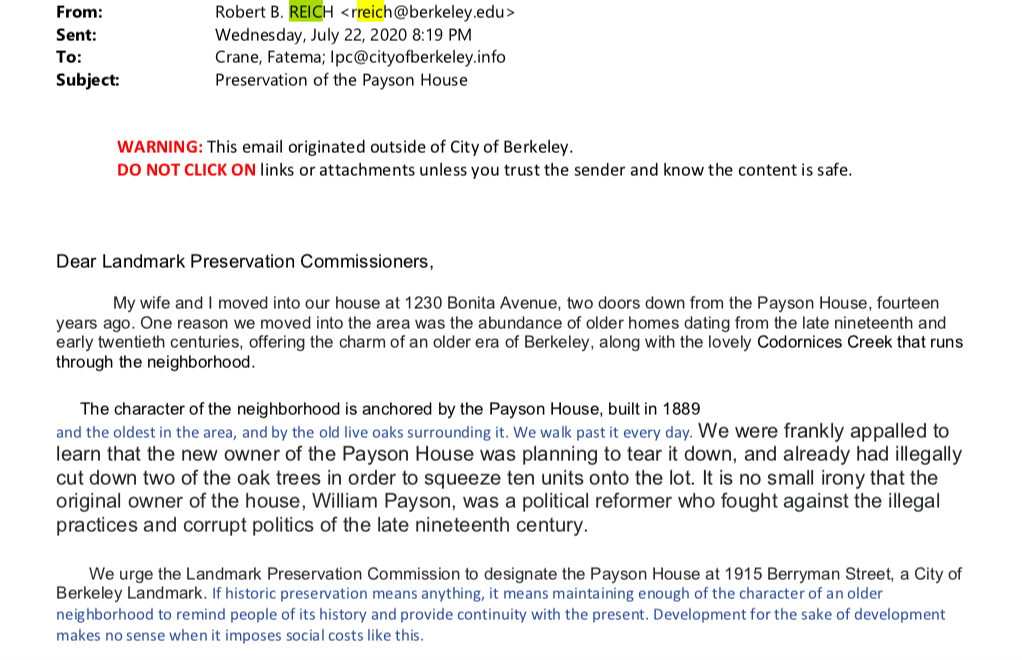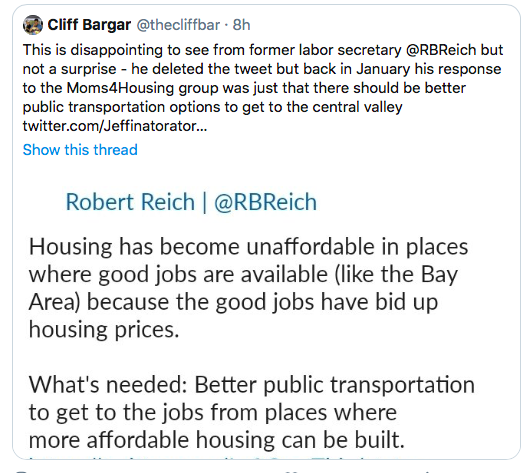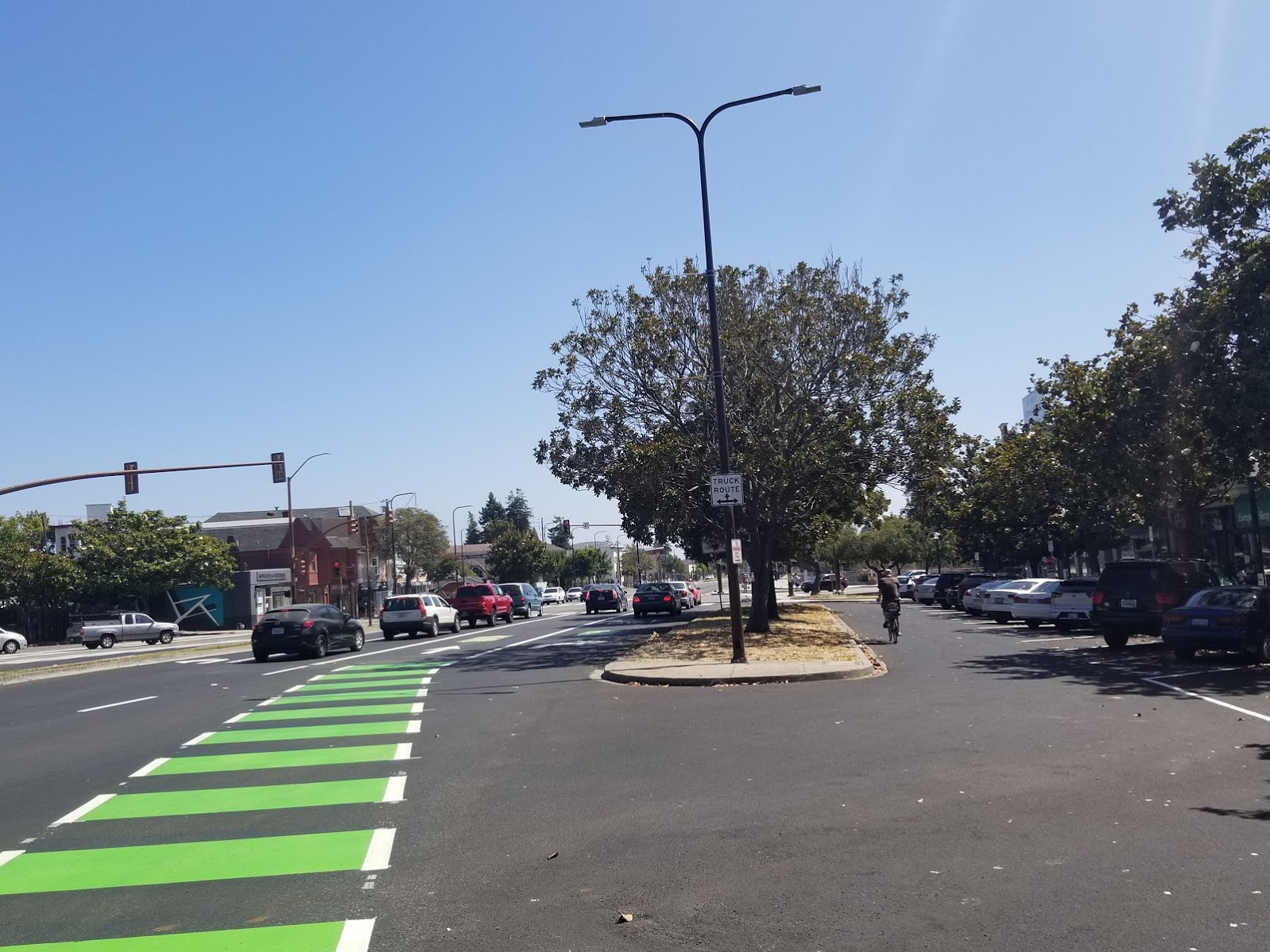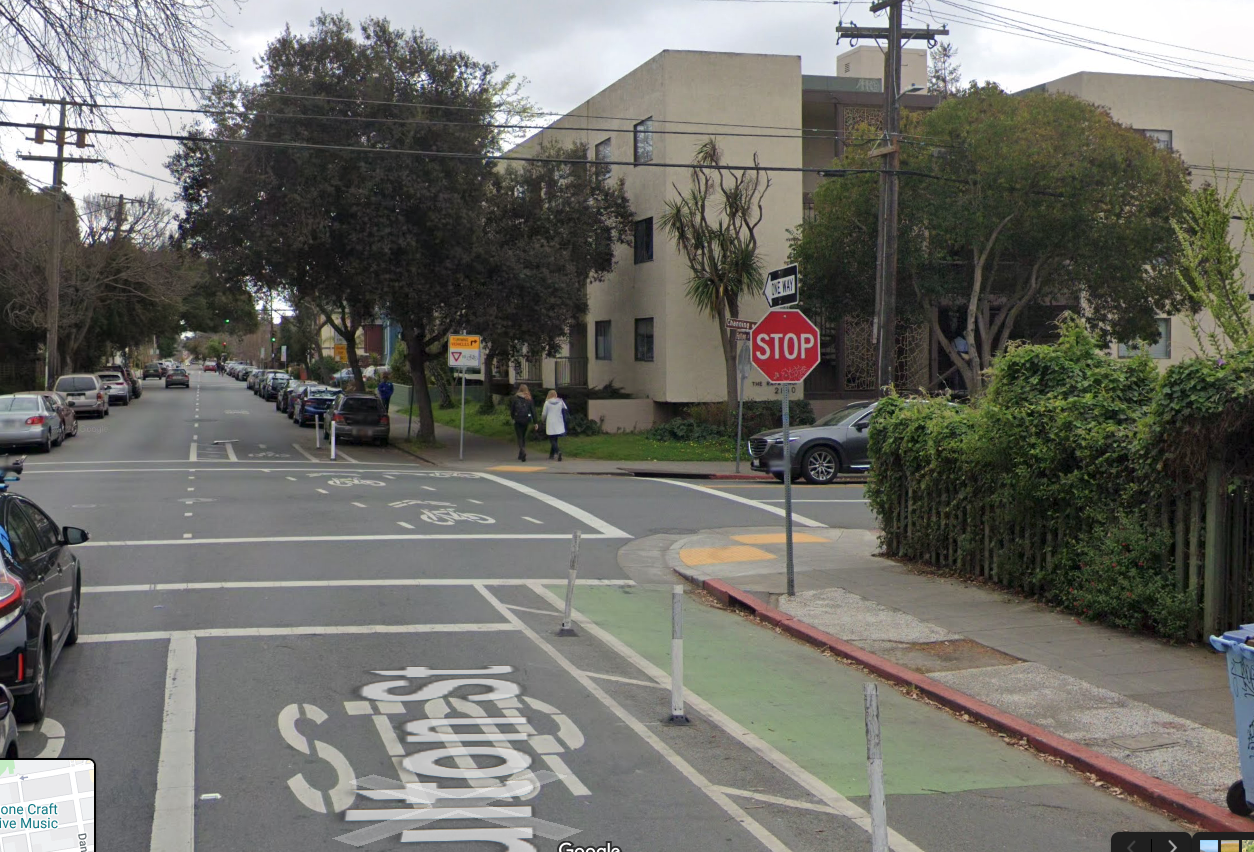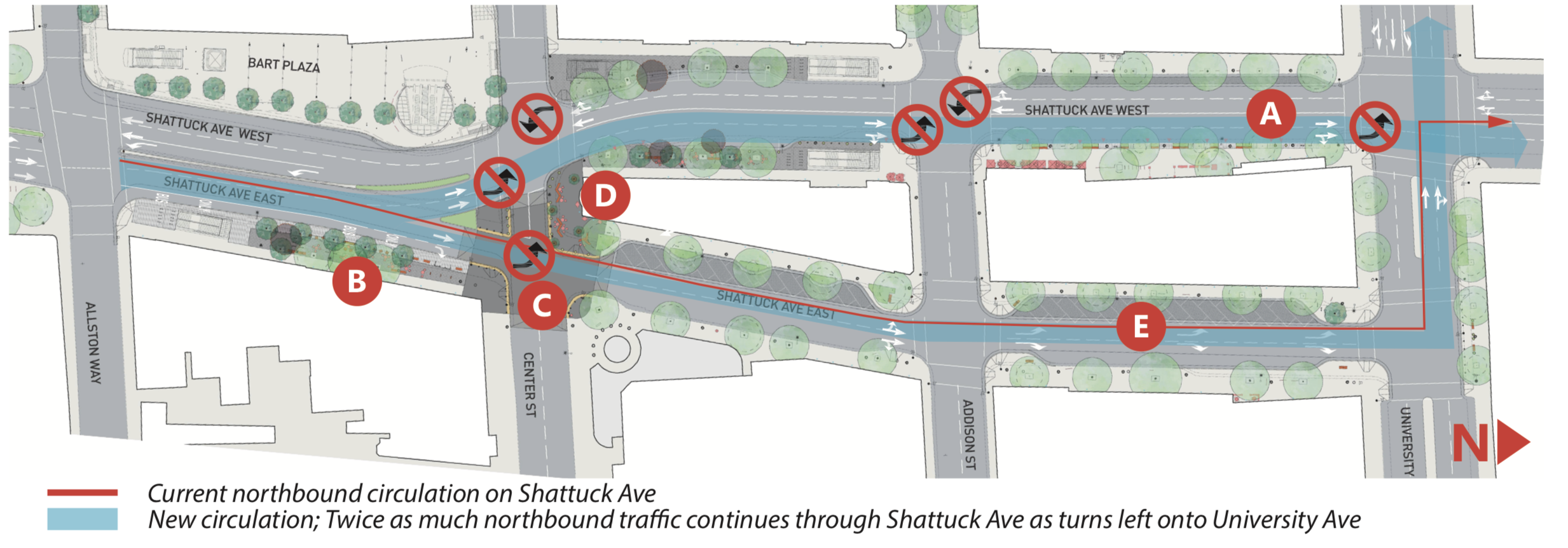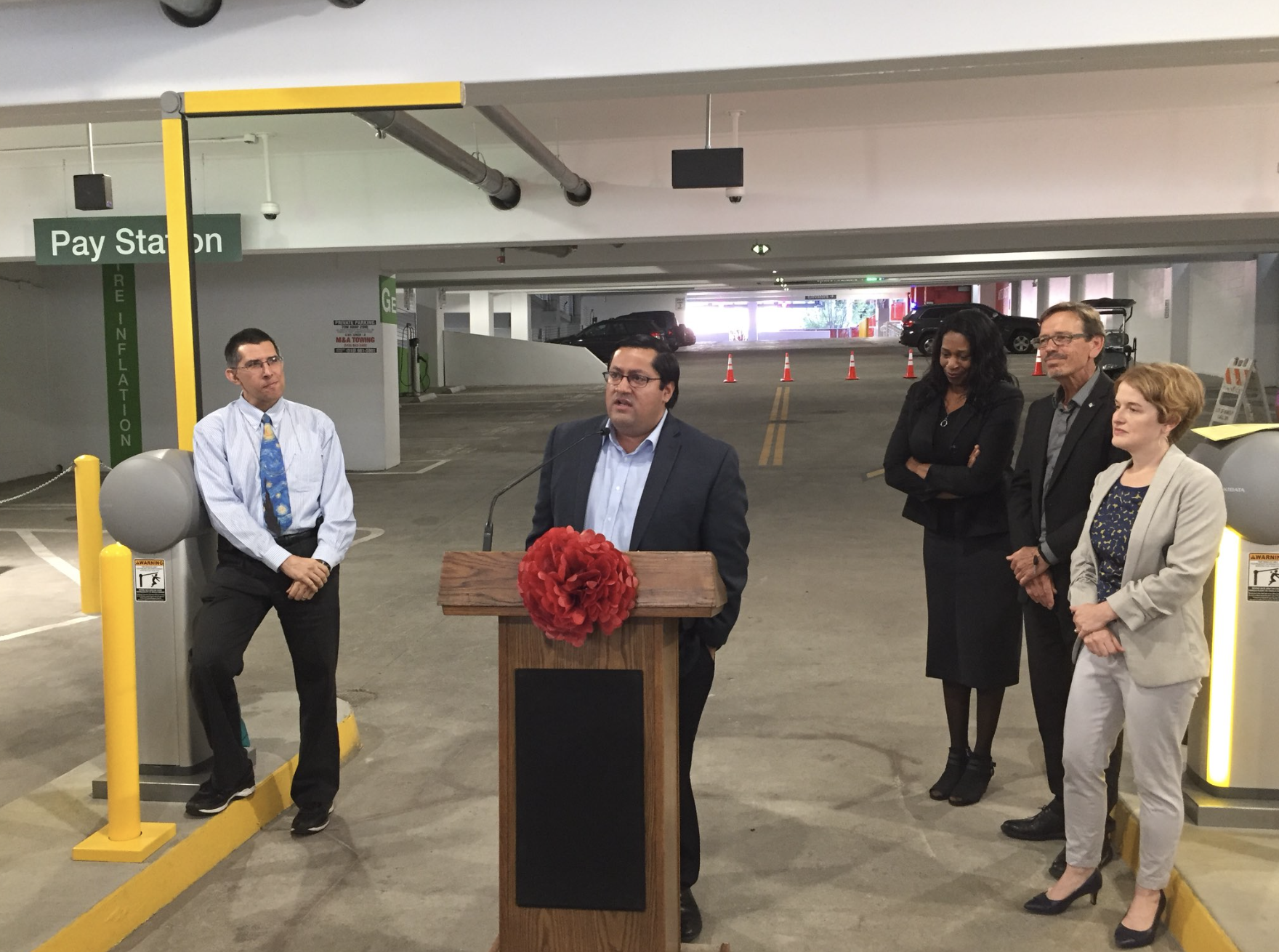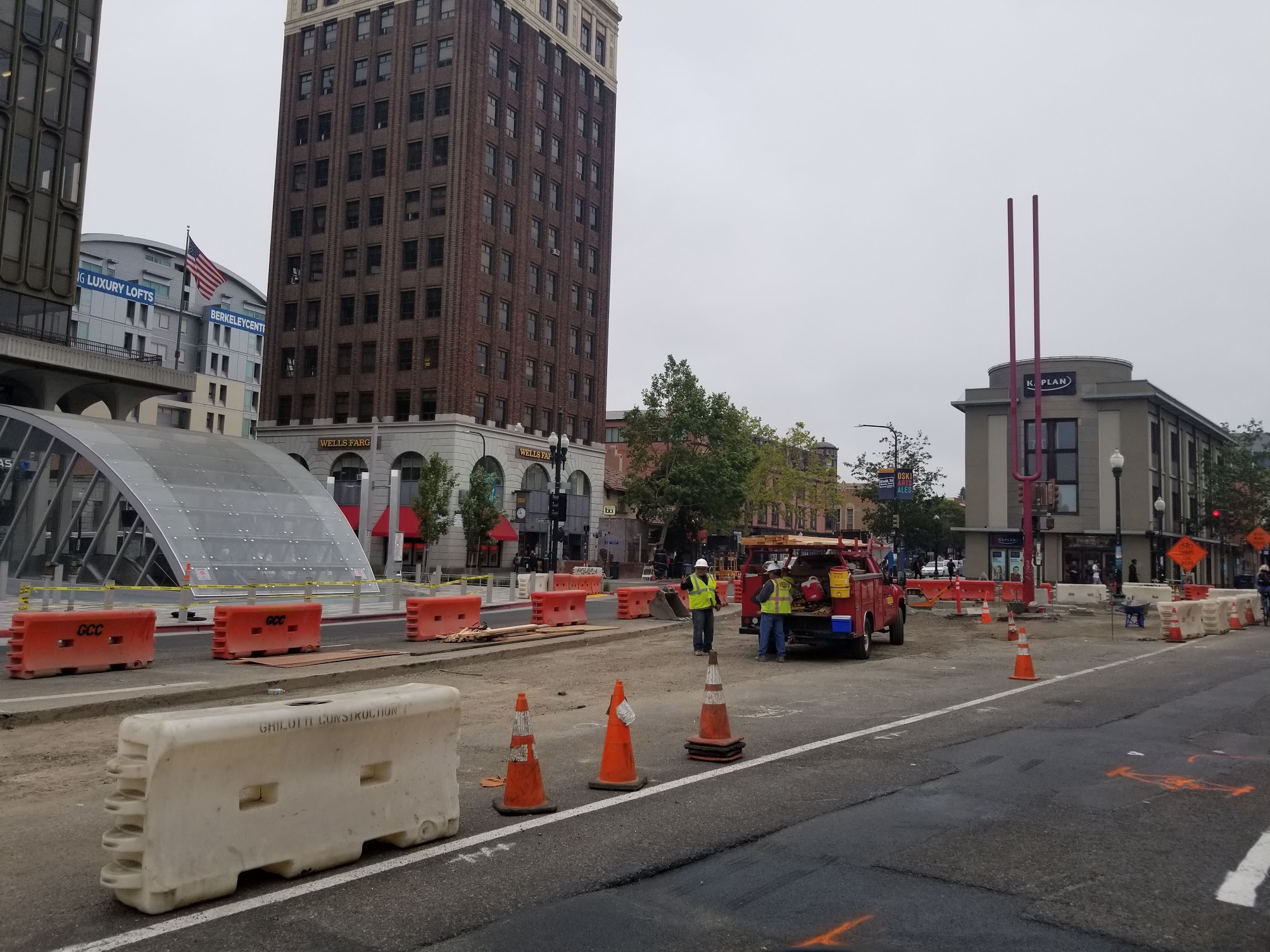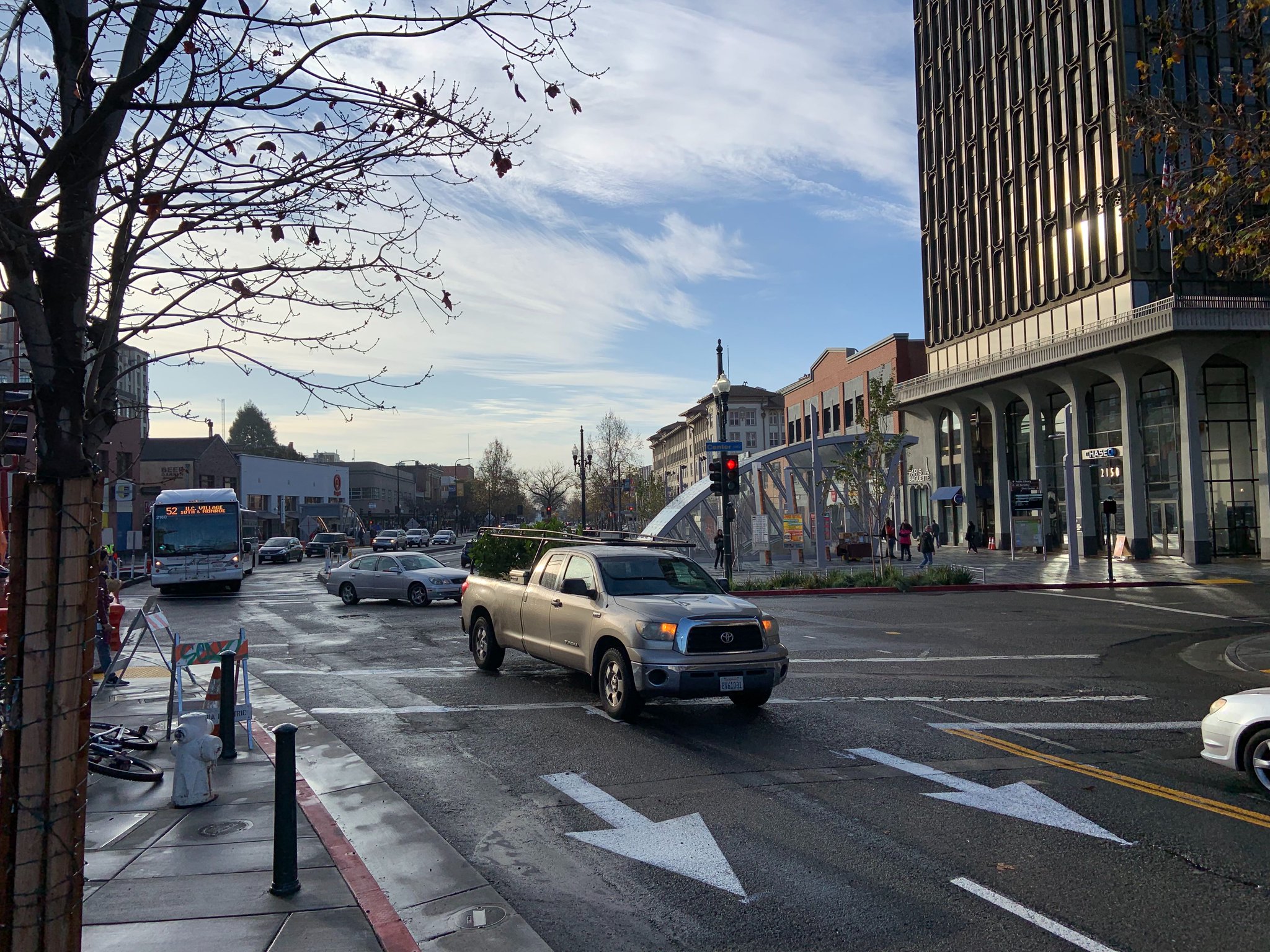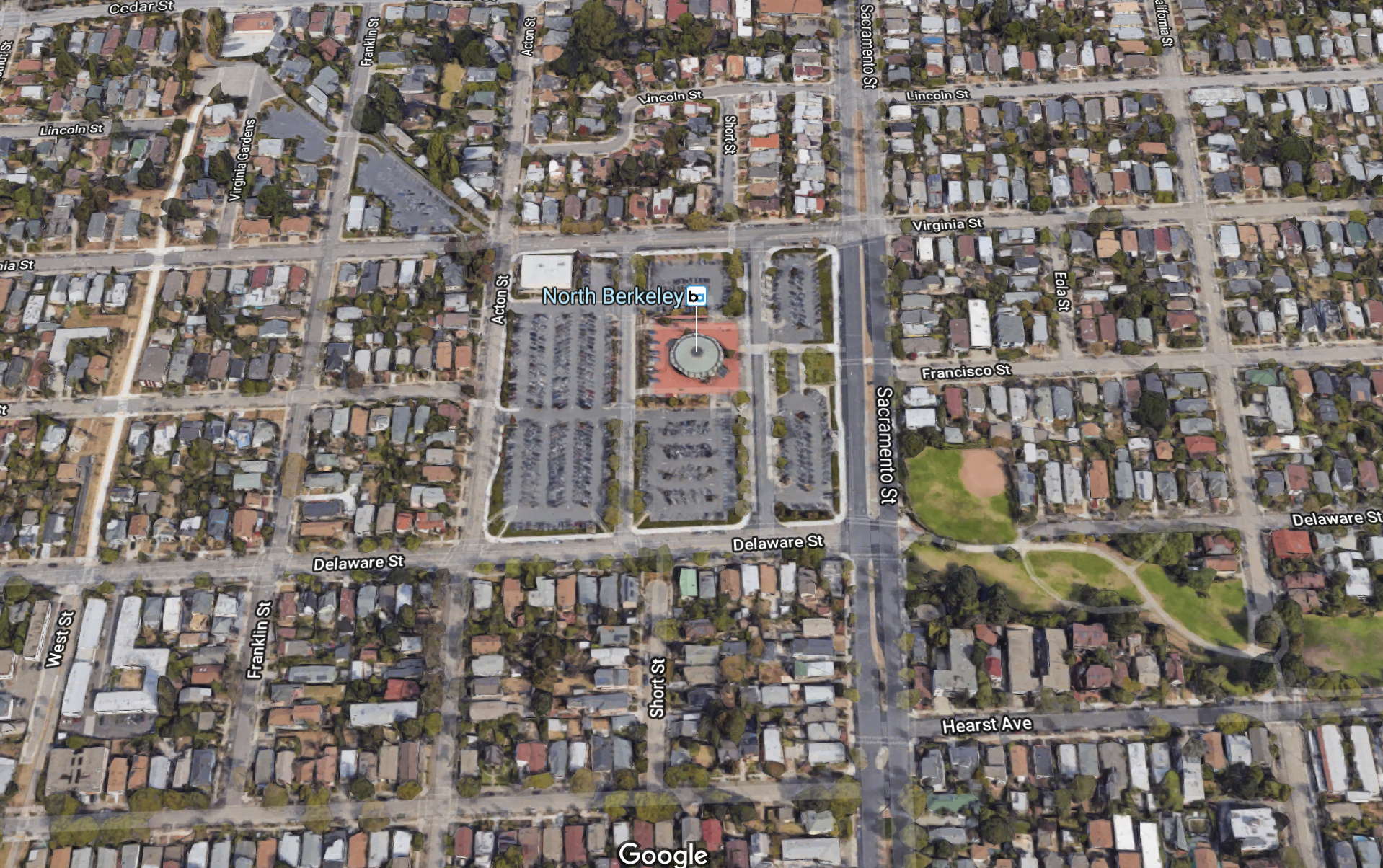This past week, Berkeley police were out in force writing $250 tickets to cyclists for rolling stop signs on Milvia and the Ohlone trail. For those who don’t know Berkeley, these are the two of the safest places to walk or ride a bike in the city.
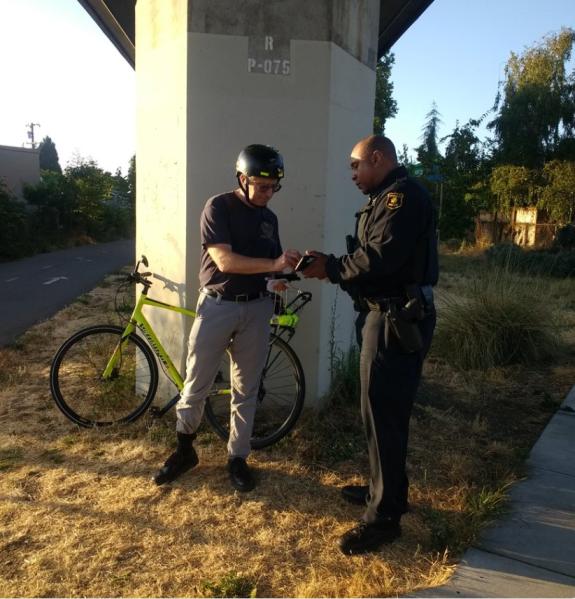
In a Tweet, Berkeley Mayor Arreguin denied responsibility for the crackdown. As he pointed out, it is actually city policy to use limited police resources on dangerous driver behavior.
But the Mayor and Council are not exactly blameless here. This crackdown is the result of a state grant City Council applied for. Each year the California Office of Traffic Safety (OTS) gives money to local law enforcement to conduct these kinds of stings. As one of California’s most dangerous cities for bikes/peds, Berkeley routinely receives OTS grant money. Apparently, one condition of the OTS grant is that recipients conduct targeted enforcement against bikes/peds. Berkeley and other cities have regularly used OTS funds for this purpose.
So in accepting the OTS grant, it was inevitable cyclists and pedestrians would get caught up in a dragnet, and many on the Berkeley City Council surely knew this because they’ve heard complaints about it before. One year in particular stands out, when an OTS-funded jaywalking sting was conducted near UC campus. Quite a number of UC students attended a City Council meeting that evening to vent frustration at the exorbitant fines.
The OTS is one of those highway agencies few have heard of, but which desperately needs reform. The OTS promotes outdated safety advice bordering on victim-blaming. OTS admonishes pedestrians to wear bright colors and carry flashlights. Bike helmets are heavily promoted, and the OTS warns against distracted walking. So it is not surprising that OTS traffic safety grants would fund some dubious enforcement strategies. Cities that want to promote bike/ped travel should avoid OTS grant programs.
Read Full Post »
